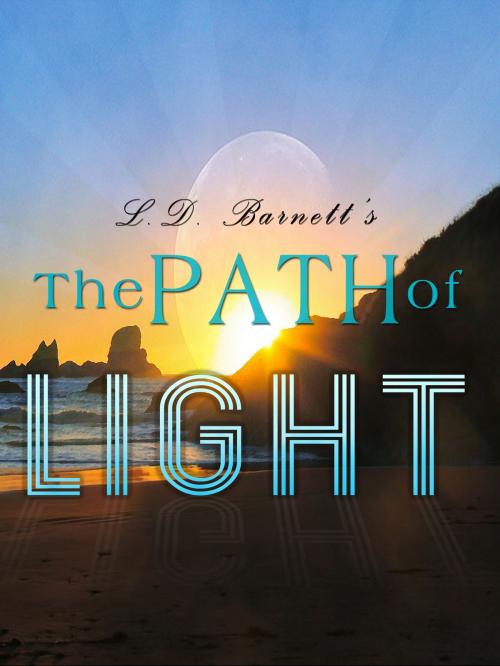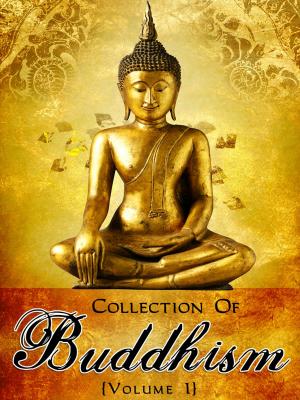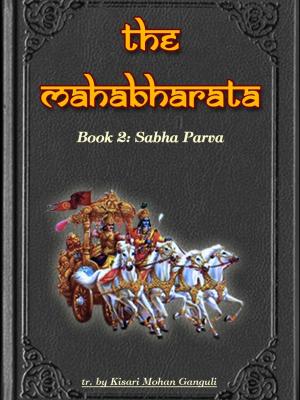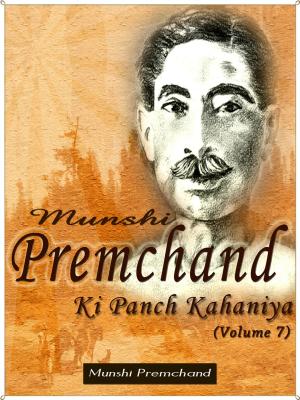The Path Of Light
Nonfiction, Religion & Spirituality, Occult, Spiritualism, Inspiration & Meditation, Spirituality, New Age| Author: | L.D. Barnett | ISBN: | 9781623940928 |
| Publisher: | AppsPublisher | Publication: | September 23, 2012 |
| Imprint: | Language: | English |
| Author: | L.D. Barnett |
| ISBN: | 9781623940928 |
| Publisher: | AppsPublisher |
| Publication: | September 23, 2012 |
| Imprint: | |
| Language: | English |
The Path of Light
Tr. by L.D. Barnett
This is a translation of an important treatise of Mahayana Buddhism, the Bodhicharyavatara of Santideva, part of the Wisdom of the East Series. It includes a long introduction by the translator, Barnett, who discusses the rise of Mahayana Buddhism, going into some depth about the significance of these doctrines.
On the border of Nepal lies a little region which was once the home of the Sakyas, a class of Kshatriyas, or men of the warrior caste. To Suddhodana of Kapila-vastu, a nobleman of the Gautama family of this tribe, was born about 660 B.C. a. son Siddhartha. When he grew up Siddhartha likewise married and begot a son, Rahula, by name. And then, when he was about twenty-nine years of age, as tradition relates, Siddhartha became weary of the world and the flesh. So he left the world, to become a wandering beggar-student, in the hope of finding the key to the great mystery in the teachings of some master of philosophic lore. But none of the teachers whom he met could satisfy the hunger of his soul, and the severest mortification of the flesh brought him no light. One day, as he sat meditating his long search came to an end, and the answer to the mystery of life was revealed to him. Henceforth he was the Buddha, the Enlightened Seer, who had won the perfect peace of spiritual knowledge, the Nirvana.
The Path of Light
Tr. by L.D. Barnett
This is a translation of an important treatise of Mahayana Buddhism, the Bodhicharyavatara of Santideva, part of the Wisdom of the East Series. It includes a long introduction by the translator, Barnett, who discusses the rise of Mahayana Buddhism, going into some depth about the significance of these doctrines.
On the border of Nepal lies a little region which was once the home of the Sakyas, a class of Kshatriyas, or men of the warrior caste. To Suddhodana of Kapila-vastu, a nobleman of the Gautama family of this tribe, was born about 660 B.C. a. son Siddhartha. When he grew up Siddhartha likewise married and begot a son, Rahula, by name. And then, when he was about twenty-nine years of age, as tradition relates, Siddhartha became weary of the world and the flesh. So he left the world, to become a wandering beggar-student, in the hope of finding the key to the great mystery in the teachings of some master of philosophic lore. But none of the teachers whom he met could satisfy the hunger of his soul, and the severest mortification of the flesh brought him no light. One day, as he sat meditating his long search came to an end, and the answer to the mystery of life was revealed to him. Henceforth he was the Buddha, the Enlightened Seer, who had won the perfect peace of spiritual knowledge, the Nirvana.















